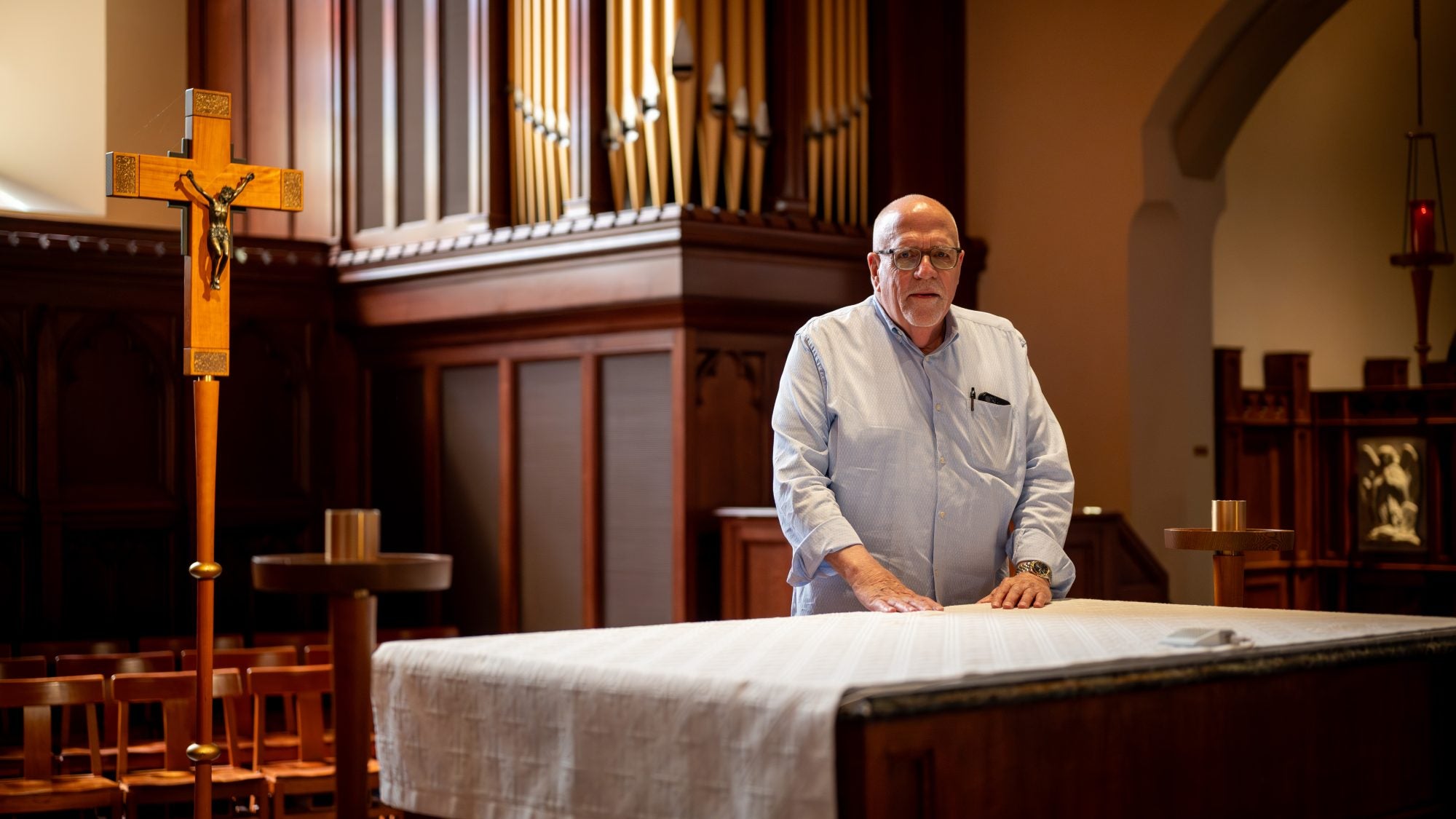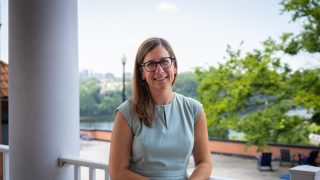Fr. Ray Kemp is a lifelong resident of Washington, DC, and remembers the city through some of the most pivotal moments of modern U.S. history.
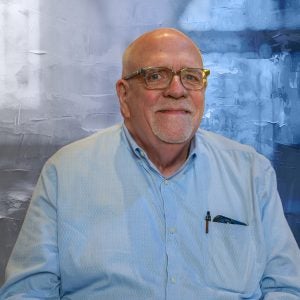 Born just over a mile from Georgetown, Kemp grew up in a classic rowhome in Northwest DC. His father worked on the railroad yard, now known as Union Station, as a teenager after his father died. He went on to work for 43 years connecting telephone cables and landlines around DC. His mother grew up across the street from Howard University and studied business law at Catholic University before becoming a civil servant in the Federal Maritime Commission.
Born just over a mile from Georgetown, Kemp grew up in a classic rowhome in Northwest DC. His father worked on the railroad yard, now known as Union Station, as a teenager after his father died. He went on to work for 43 years connecting telephone cables and landlines around DC. His mother grew up across the street from Howard University and studied business law at Catholic University before becoming a civil servant in the Federal Maritime Commission.
One of Kemp’s earliest memories is growing up in the nation’s capital during World War II. He remembers getting wartime ration coupons to trade in for groceries. He also remembers biking around the city for V-E Day and V-J Day, commemorating the defeats of Nazi Germany and Imperial Japan.
DC is Kemp’s home and where he found his vocation as a priest in the Archdiocese of Washington. As a minister, he’s passionate about connecting people and advocating for racial and social justice.
When he was a young seminarian, Kemp participated in the March on Washington and witnessed his personal hero, Martin Luther King Jr. Over the years, he developed a friendship with another civil rights activist, the late Rep. John Lewis, and fought for educational equity as an elected member of the DC State Board of Education.
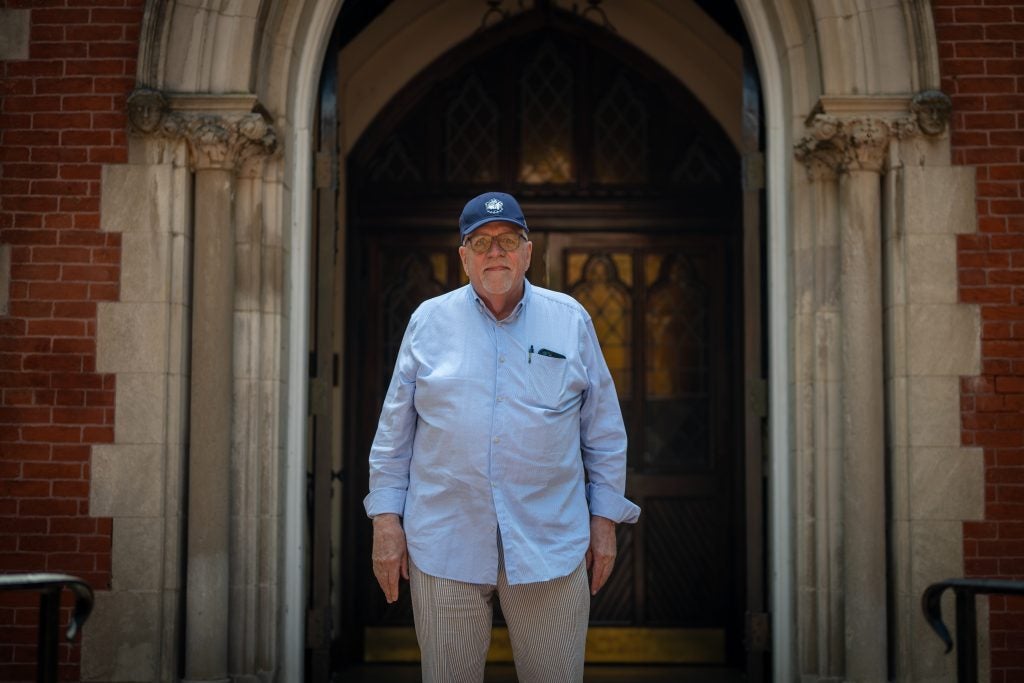
“Churches that are not trying to push some cause or make things better are missing the whole point of what it is to be in touch with the transcendent,” he said. “If you’re going in like you’re going to the dentist, there’s something wrong.”
He brought his passion for social justice to Georgetown in 1992, running programs on Catholic social teaching and social justice. Today, he serves as a special assistant to the president for community engagement and connects the university to organizations in DC. He is also an adjunct theology professor and works with students in programs like the Community Scholars Program and Georgetown Scholars Program.
“My drive is a lot of community organizing. Everybody’s got dignity, from the guy sleeping under the bridge to the person who thinks they ought to be mayor or representative,” he said. “My drive is getting people to know people.”
Get to know Kemp, his love for DC and his passion for connecting people across the nation’s capital.
My early nudge toward the priesthood: The Catholic Church for my parents was integral to every piece of their lives. Weekly Mass. Catholic school. Catholic parish. Catholic identity. I had Irish grandmothers who brought the faith from Ireland. We were Catholic before we were anything else. Catholic nuns and priests were in our lives, and I wanted to be like the priests.
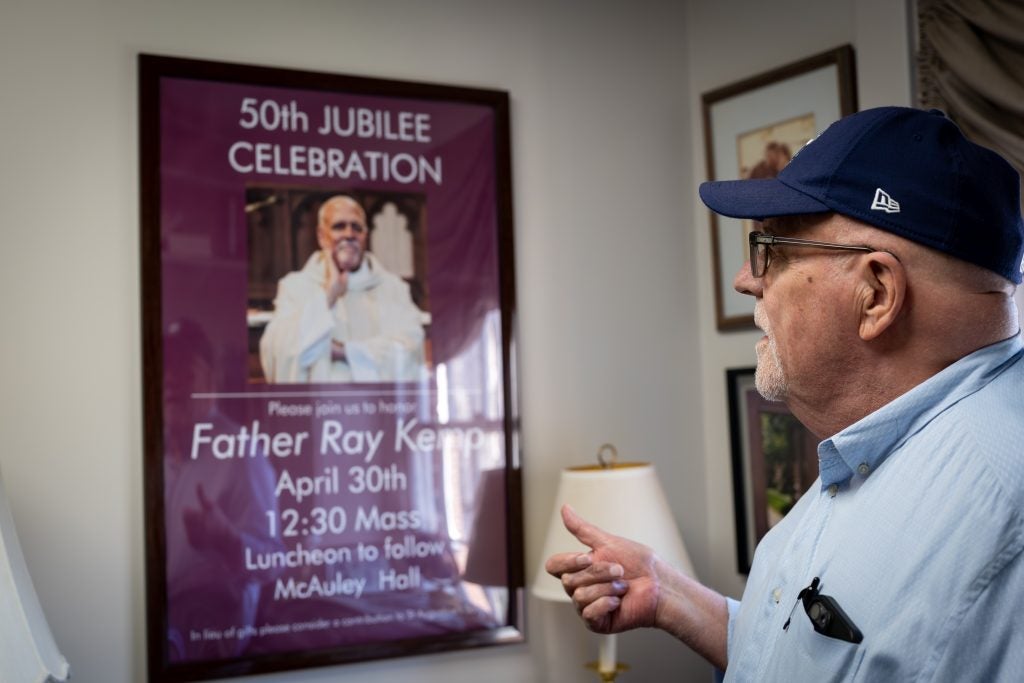
What I love about DC: What I love about this city is kind of what I love about Georgetown’s campus. It’s not so big that you can’t wrap your brain around it. My favorite place is U Street. I lived a block away from U Street. The Harlem Renaissance had a DC chapter. You had Duke Ellington, who lived on T Street, and Langston Hughes and a variety of other figures in the Harlem Renaissance who went back and forth between Howard University and New York. That part of U Street says to me what Black strength really looks like. It was scientific. It was intellectual. There was literature. There was medicine.
What got me into social justice work: Growing up in DC, I knew something was wrong, but I didn’t know what was wrong. I was at St. Louis University doing a social justice course in the summer of 1965. In the summer of 1966, I worked for a mentor who was an activist priest, and we were doing urban affairs and all the issues that are still with us: race, poverty, community organizing, absentee landlords, the whole bit.
My experience with Martin Luther King Jr.: August 28, 1963. The director of vocations for Washington, DC, said that the archbishop had been asked to give the invocation for the March on Washington, and he invited the seminarians [to join him]. I was going into my first year of theology in graduate school and went to the March on Washington. Before then, I knew King through his writings and speeches. I was very much taken by his speech. He’s my hero still.
One of my first assignments as a priest: It was at a Black Catholic parish at 15th and V, St. Augustine. If you were at 15th and V in 1967, there was a guy organizing the Poor People’s Campaign, and that would be one Dr. Martin Luther King. He was influencing me big time through the 60s. What I came to find out was that with Black Catholics, the songs they sang reflected their experience of coming through slavery, the whole experience of exodus and freedom and hopefully into a land of promise.
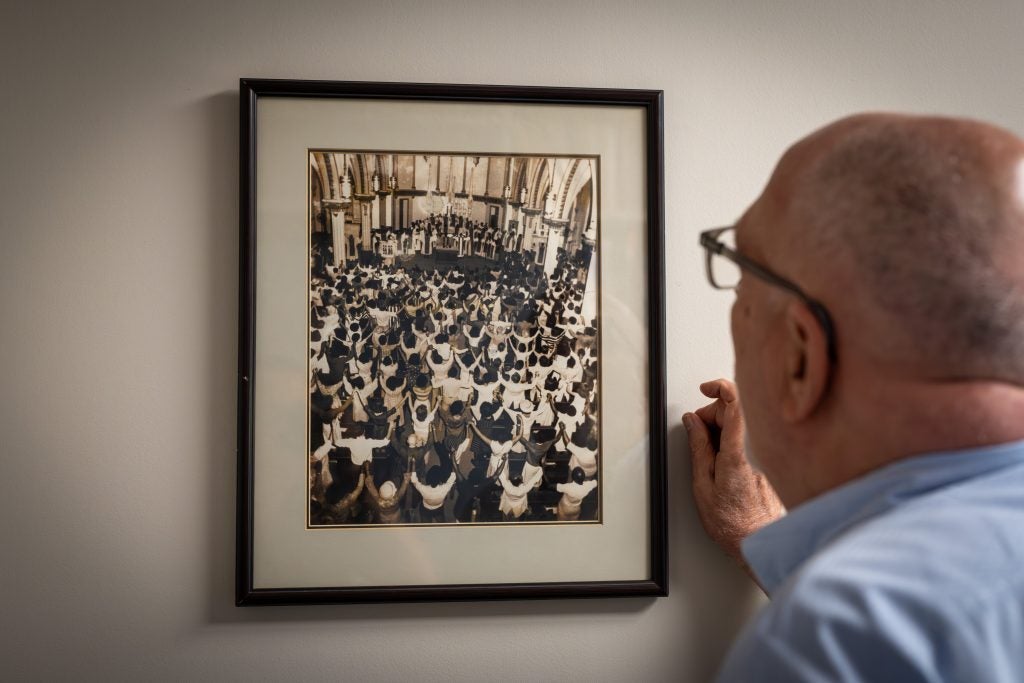
The night King was assassinated: King gets shot dead in Memphis in 1968, and my life takes a turn. We were three priests headed out of the rectory on the night of April 4, and three Black kids from the neighborhood who we knew sat with us to make sure nothing happened to the rectory. There was tear gas, neighborhoods burned down, lots of looting, all of it in response to the killing of King. That was my baptism by fire and my beginning to understand that if you keep your boot on the throat of a people for generations, something is going to blow.
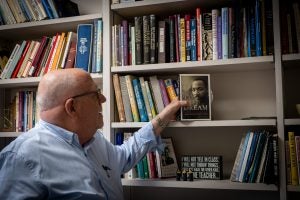 My introduction to Georgetown: I got a call from a good friend of mine who had been pastor of Holy Trinity Catholic Church and was at the Woodstock Theological Center, a Jesuit think tank at Georgetown. Long story short, he invited me to help run a program. My archbishop let me come here in 1992 for two or three years. Somehow, it’s 2025 and 33 years later, and I’m still here.
My introduction to Georgetown: I got a call from a good friend of mine who had been pastor of Holy Trinity Catholic Church and was at the Woodstock Theological Center, a Jesuit think tank at Georgetown. Long story short, he invited me to help run a program. My archbishop let me come here in 1992 for two or three years. Somehow, it’s 2025 and 33 years later, and I’m still here.
How I describe my role: I’m trying to make people aware of how much Tim Healy meant when he said a city is only as good as it uses the resources of its academic and intellectual community. And the academic and intellectual community is only as good as it looks at, helps study and serves the needs of the city. Anything that comes in that area, I want to be a part of it.
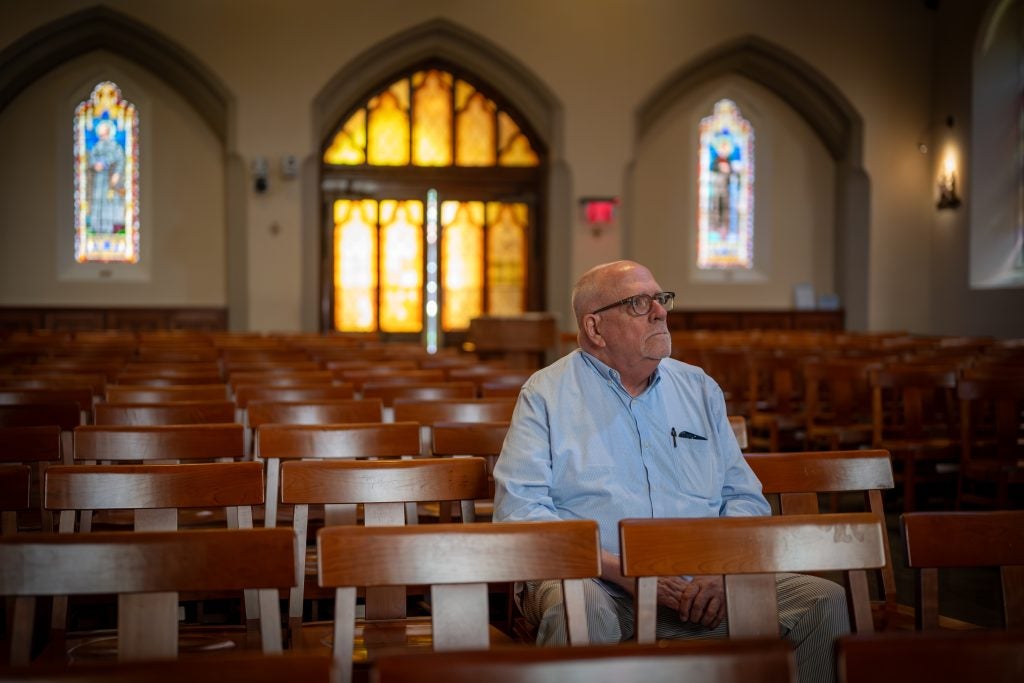
Why community organizing is important to me: I don’t think people understand that folks who look different from them have the same kinds of gifts that they have in terms of heart, brains, desires and hopes. To be a priest in a Jesuit institution, to be for others, you’ve got to understand one another. Pope Francis and now Pope Leo, they’re all encouraging us to dialogue, to build community, to engage. My job is to get people to talk and bring people together, and get people to understand what goes on.
What I love about Georgetown: Thirty seconds into a conversation with a Georgetown student, you usually hit a vein of eagerness to learn. They want to explore. There is in the Georgetown student a curiosity to learn how politics works, how government works, how international relationships work. That eagerness is my favorite thing about Georgetown, and if you start asking them questions, you’ll soon get deep into a person’s story. I find Georgetown students enormously fun to be with.
